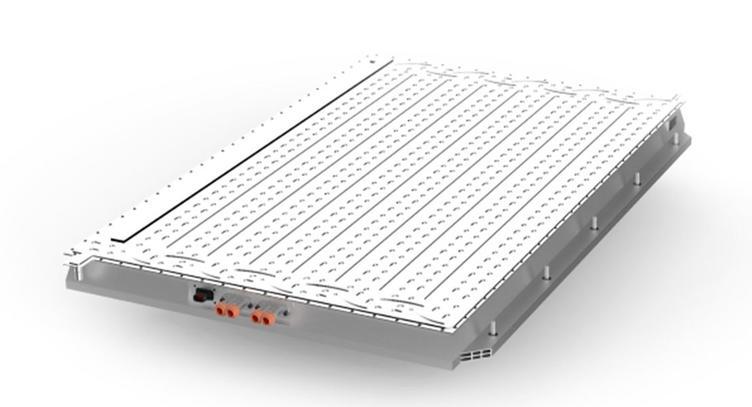BYD "Blade Battery" has been officially launched(new lithium lifepo4 battery).
Known as the terminator of spontaneous combustion, the "blade battery" is quoted because it is not the original name of this type of battery. The official name is "super lithium iron phosphate battery" proposed at BYD's mid-year performance exchange meeting last year.

The name "Blade Battery" may be that ,on the one hand, the manufacturer hopes that it will have a name that is easier to spread and more visual, so as to gain the consumers' awareness and the popularization of battery technology.
On the other hand, it is a technical structure. The "blade battery" is arranged in the battery pack by increasing the length of the battery core (more than 0.6m), and is inserted into the battery pack like a "blade". Improve the space utilization of battery power, increase energy density and other properties. Therefore, the source of the name may also be that its monolithic shape is relatively flat, so it is called "blade battery".
Why can blade batteries cause industry sensation?
First, the energy density bottleneck of lithium iron phosphate batteries has been broken. Lithium iron phosphate is generally considered safer than ternary lithium batteries. Why do car companies prefer to use ternary lithium batteries? The most direct reason is that the energy density of the lithium iron phosphate battery is far less than that of the ternary lithium battery. When it is applied to the whole vehicle, the endurance is relatively poor to resist cold.
BYD's "blade battery" adopts a non-module battery grouping method and is directly integrated into a battery pack (that is, CTP technology), which improves the overall space utilization rate of the battery pack from 40% to 60% in the past. Increased by 50%, the cruising range can reach the same level of high-energy ternary lithium battery (BYD is not the first manufacturer to use CPT technology, and the relevant technology was displayed at the Frankfurt Motor Show in September last year by Ningde Times).
That is, the "blade battery" has solved the problem of energy density bottleneck on the basis of inheriting the safety of lithium iron phosphate battery. If this is the case, it is not excluded that lithium iron phosphate batteries will return to the mainstream in the future.
The second is the high safety of the "blade battery". As we all know, the cause of spontaneous combustion of new energy vehicles is mainly caused by the thermal runaway of the battery. It may be that the aging of the battery will cause a large amount of heat during charging. Frequent use of fast charging will cause internal short-circuit heat release of the puncture diaphragm battery. It is due to changes in the outside temperature, such as extremely high or low temperatures will cause damage to the battery.
How does "Blade Battery" achieve higher safety?
First of all, the "blade battery" is ultimately a lithium iron phosphate battery. Compared with the ternary lithium battery, the chemical performance itself is more stable, which is an advantage from the material.
Then, the "blade battery" adopts a module-less design, which simplifies the internal structure of the battery pack, improves product stability, and reduces the failure rate. Because it is a module-free design, all its elongated battery cells are directly arranged on the tray to form a battery pack. The battery acts as a beam, not only does not reduce the strength of the battery pack but improves it.
In the press conference, BYD also announced the "blade battery" acupuncture penetration test video ("acupuncture penetration test" is recognized in the industry as the most stringent test method for battery cell safety). After the steel needle was pierced, BYD's "blade battery" Wuming fire was smokeless, and the eggs placed on the surface of the battery were still in a liquid state. After being punctured, the ternary lithium battery has an open fire and smoke and the eggs are blown up, which is safer.
For new energy vehicles, the most critical is their batteries. In fact, hindering the development of new energy vehicles has always been the lack of breakthroughs in battery-related technologies. The emergence of BYD's "blade battery" not only solved the energy density of lithium iron phosphate batteries, but also provided new ideas for battery safety design For ordinary consumers, do you just want new energy vehicles to be cheaper, have longer legs, and have higher safety? From the "blade battery", we also see the possibility.